Blockchain indexing is a process that organizes the vast and complex data within a blockchain to make it easily searchable and accessible. Since blockchains naturally store data in a chronological sequence of blocks, finding specific information can be like looking for a needle in a haystack.
Indexing solves this by creating a database, much like an index in a book, that allows users to quickly locate the information they need.
It is a sophisticated process that serves as the backbone for efficient data retrieval within blockchain networks. It’s a system that transforms the inherently complex and unstructured data from a blockchain into an organized, searchable format. Here’s a deeper look into the intricacies of blockchain indexing:
Mechanics
At its core, blockchain indexing involves taking the raw data from the blockchain and organizing it in a way that makes it easily accessible.
Similar to how books are kept in an online library catalog by various criteria, indexing also makes it easy for patrons to find what they’re looking for.
In the context of web3 technologies, this means categorizing transaction data, block identifiers, timestamps, and other relevant information so that it can be queried efficiently and retrieved when needed.
How Blockchain Indexing Works
The decentralized and immutable ledger that every blockchain provides is a powerful tool for transparency and security. However, this structure also means that data is not stored in a centralized location and can be difficult to retrieve efficiently.
Blockchain indexing addresses this challenge by creating a system that can search and organize data within the blockchain, allowing for quick and easy data retrieval.
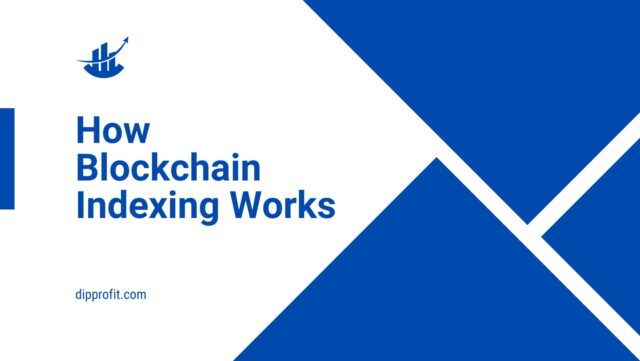
Blockchain indexing works by taking the raw, unstructured data from a blockchain and organizing it into a database that can be easily queried.
This process involves three main steps: extraction, transformation, and loading. First, the data is extracted from the blockchain.
Then, it is transformed into a structured format. Finally, it is loaded into a database or search engine. This indexed data can then be searched using various parameters, such as transaction IDs, wallet addresses, or block numbers, making it much more user-friendly.
See also: All You Need To Know About Vulcan Blockchain: The First Auto-Rebasing Layer-1 Chain
Why Blockchains Need Indexing
Blockchain indexing is a critical process that involves organizing and making blockchain data easily accessible and searchable.
To understand blockchain indexing, it’s essential to first grasp the nature of blockchain technology. Blockchains are decentralized databases that maintain a continuously growing list of records, called blocks, which are linked and secured using cryptography.
Each block typically contains a cryptographic hash of the previous block, a timestamp, and transaction data.
Due to the decentralized nature of blockchains, the data is distributed across a network of nodes, making it inherently secure but also challenging to navigate.
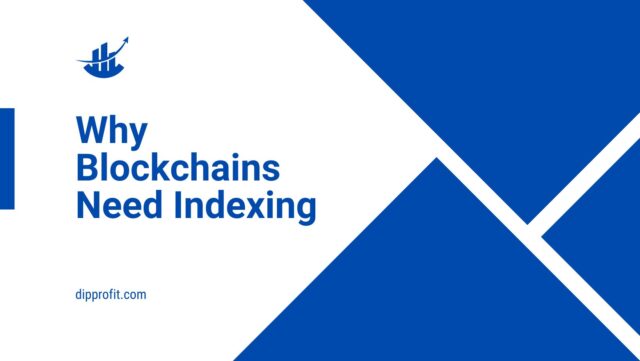
Apart from that, the issue with blockchain indexing revolves around several key challenges:
- Volume: Blockchains store vast amounts of transaction data, as opposed to traditional data storage systems. This high volume makes it difficult to quickly locate specific information without an efficient indexing system
- Data: The decentralized nature of blockchain means that data is also scattered across a network of nodes, leading to potential inconsistencies and making it harder to retrieve complete data sets
- Language: Unlike centralized databases that use SQL for queries, blockchains lack a native query language, complicating the process of data retrieval.
- Entanglement: The interconnectedness of blockchain data adds to the complexity, as transactions are linked to previous ones, creating a chain that can be challenging to navigate
- Limitations: While APIs facilitate interaction with the blockchain, they often require very specific queries to fetch the correct data, limiting the ease of use for general searches. These challenges necessitate the development of robust blockchain indexing solutions to enhance the efficiency and usability of querying blockchain data.
See also: The Best Web3 Search Engines
The Tools and Platforms for Indexing
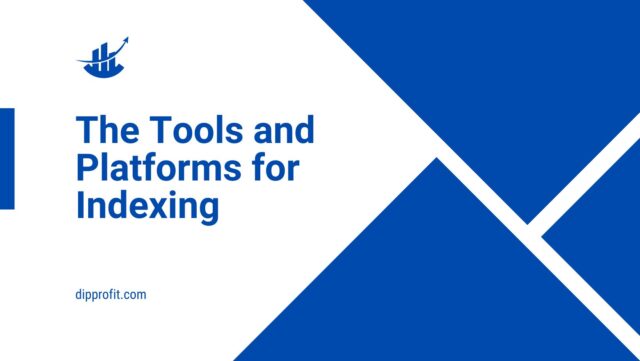
There are various tools and platforms designed specifically for blockchain indexing. These range from infrastructure as a service (IaaS) products that provide the necessary nodes for indexing, to more comprehensive solutions that handle the entire backend process.
For instance, Moralis and The Graph are two such services that offer developers the means to index blockchain data effectively.
These platforms simplify the complex process of indexing, allowing developers to focus on building decentralized applications (dApps) without worrying about the underlying data structure.
Here is a better, overview of the tools and platforms used in blockchain indexing:
Infrastructure as a Service (IaaS) for Blockchain Indexing
IaaS products offer developers the nodes required for blockchain indexing. These nodes are part of the infrastructure that supports the blockchain network, and having access to them is vital for indexing purposes. Moralis, for example, provides Speedy Nodes that developers can use to index the blockchain.
Comprehensive Indexing Solutions
Some platforms offer more than just nodes; they handle the entire backend indexing process. These include the extraction, transformation, and loading of blockchain data into a structured format that can be easily queried. The Graph is a protocol that indexes blockchain data and makes it accessible through GraphQL
Other Notable Tools and Platforms
Bitquery: Offers a range of products for accessing and analyzing blockchain data, including APIs, dashboard analytics, explorers, and widgets
CoinMarketCap: Known primarily for crypto market data, it also provides tools for blockchain analytics
Defi Llama: A DeFi analytics platform that tracks various metrics across decentralized finance projects
Token Terminal: Provides analytics for the crypto market and blockchain projects
Dune: Described as crypto’s data library, Dune offers tools for querying and visualizing blockchain data
Messari: A giant in blockchain research and analytics, offering a wide range of data and insights
The Importance of Blockchain Indexing Protocols
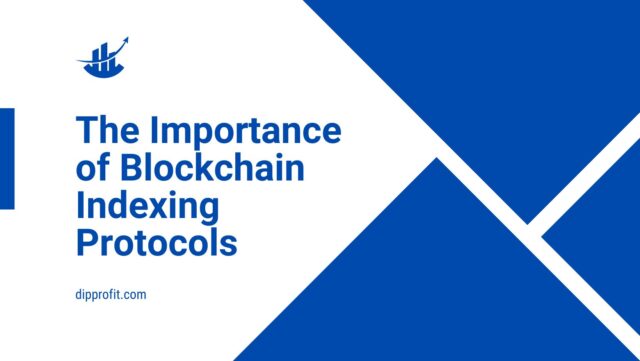
Blockchain indexing protocols are distributed mechanisms that enable applications to query open APIs for indexed data on blockchain networks.
They are also essential components in the realm of decentralized technologies, acting as the connective tissue between the complex data structures of blockchains and the applications that require swift and efficient access to this data.
The primary function of blockchain indexing protocols is to enhance the accessibility and efficiency of data retrieval from blockchains. Since their job is organizing and categorizing on-chain data, these protocols give developers access to execute quick searches and pinpoint exact data without the need to sift through the entire chain.
Given the decentralized nature of blockchain, indexing protocols ensure that data retrieval remains swift and accurate. This distributed storage can pose unique challenges, as it requires a robust system to maintain consistency and completeness of data.
Blockchain indexing protocols are designed to overcome these challenges, providing a reliable means of accessing data across the ledger.
In the next section, we will take a look at The Graph and use it as a case study to fully understand the importance of blockchain indexing protocols
The Graph: A Case Study in Blockchain Indexing Protocols
One of the most prominent examples of a blockchain indexing protocol is The Graph. It functions by indexing blockchain data, which can then be queried using a GraphQL interface.
It uses open APIs, known as subgraphs, which are essentially predefined queries that anyone can use to pull data from the blockchain in an efficient manner.
Subgraphs, which I’d like to call the “building blocks”, are at the heart of The Graph’s functionality. They define how blockchain data is ingested, indexed, and served to applications.
But, blockchain developers can create their subgraphs for specific use cases, which then become part of a global graph of indexed blockchain data.
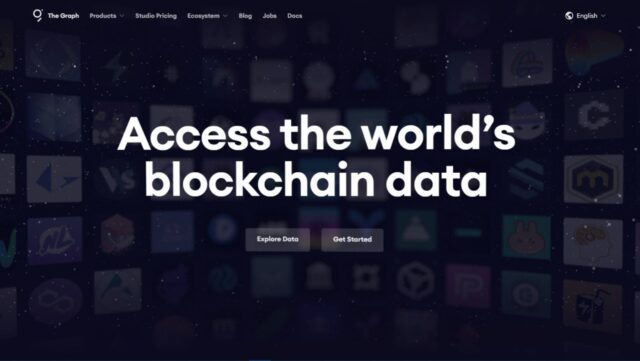
Furthermore, The Graph’s ecosystem comprises several types of participants, each playing a crucial role in maintaining and operating the network:
• Indexers: Node operators that stake The Graph’s native token (GRT) to provide indexing and query processing services.
• Curators: Individuals who signal which subgraphs should be indexed by the protocol.
• Delegators: Those who delegate GRT to indexers to contribute to the network’s security.
• Consumers: End-users who query subgraphs and pay for the service
In summary, it allows developers to build and publish open APIs, known as subgraphs, which applications can query to retrieve the data they need.
The Graph has become a vital tool for many developers in the web3 space when creating a more dynamic and responsive dApp.
See also: How to Choose the Best Blockchain Marketing Agency for Your Project
Final Words
As blockchain technology continues to mature and expand its use cases, the importance of efficient indexing protocols grows. These protocols are likely to evolve, offering more advanced features and greater scalability to handle the increasing volume of data on blockchains.
They will play a crucial role in the development of the decentralized web, where data accessibility and efficiency are paramount.
By using a blockchain indexing protocol, developers can ensure that their applications have access to the necessary data in a format that is both usable and efficient.
In summary, it is crucial for the functionality of decentralized applications (dApps) that interact with the blockchain, as it allows them to efficiently retrieve the data they need to operate